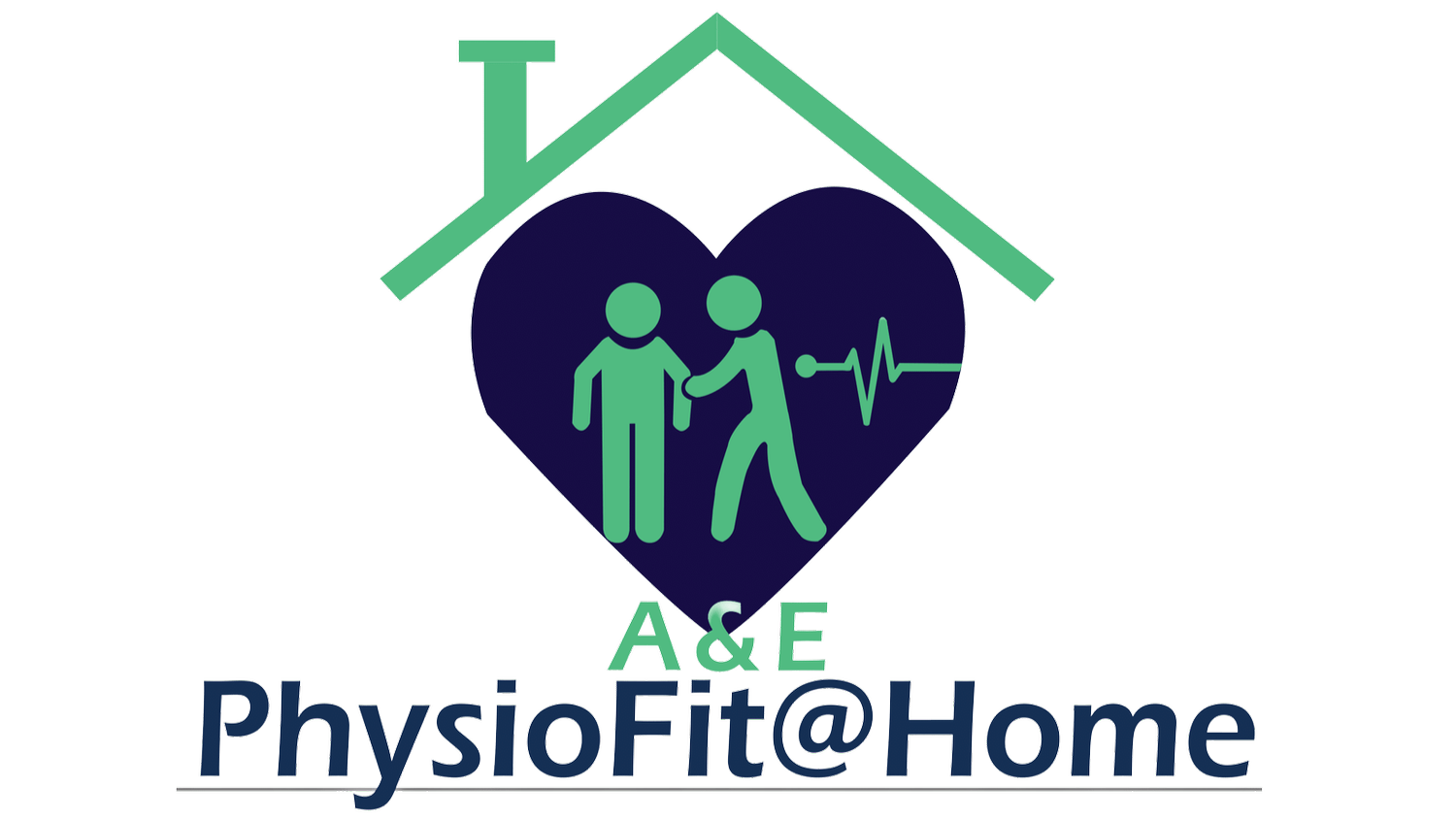How to Climb Stairs after a Total knee Replacement Surgery
Home >> How to climb stairs after a total knee replacement surgery
Climbing stairs after a Total Knee replacement can be a difficult and unnerving task. The proper technique can be confusing especially when experiencing pain and uncertainty in the new knee. The height of steps, handrails and the number of stairs and assist can all play a factor in the safest technique to negotiate stairs.
The best techniques for safety and stability
Always use a step to pattern meaning the step at a time, not alternating feet.
Always go up with your stronger leg, on every step and down with the operated leg. This is sometimes confusing for people especially coming down. Your stronger leg is doing the majority of the work to lower your body to the step below. Going up the strong leg is lifting your weight up to the next stair.
Take your time, there is no reason to rush.
If using 2 handrails when coming down move your hands down in line with the nest step. This helps keep your balance and center of gravity correct and prevent your body from leaning backwards and losing your balance. Many people are nervous looking down when coming downstairs so they are hesitant to moves hands down.
. If you are assisting or guarding someone on stairs, you are always behind them going up and in front of them coming down. If assist is needed hold onto a belt or the waistband of pants to help maintain balance.
If your knee is not strong enough to hold your body weight it is best to seek professional help for guidance or suggestions.
Using a cane or crutches on stairs
If there is one handrail use the cane or crutch opposite the rail. the height should be adjusted by a Physical therapist.
The cane or crutch always stays with the operated leg. Going up the sequence would be the strong leg followed by the operated leg with the cane or crutch. Going down the sequence would be the cane or crutch with the operated leg followed by the strong leg.
Using crutches without a handrail. Use crutches under both arms and go up with your stronger leg first, then the crutches, then your weaker leg. When going down, lead with crutches, then your weaker leg and then your stronger leg.
Using crutches with a handrail. Grasp the handrail with one hand and put both crutches under the opposite arm. Follow the same strategy as with a cane: good leg, crutches, bad leg, going up; crutches, bad leg, good leg, going down.
Seek guidance from Physical therapist if you have any concerns at all. Remember safety first.
Remember these simple tips and always take your time. This will hopefully lessen any anxiety you may have about using the stairs and help reduce your risks.
No Elevator or wheelchair accessibility route? A& E PhysioFit at Home can send 2 professionals to assist going up or down the stairs. We’ll help arrange for medical transportation or teach you how to safely handle your loved one. Our specialty is safe patient handling and meeting all of the needs of our clients. We will gladly help you or your loved one go from and to places that are not wheelchair accessible.
Our professional staff will be there to help with stairs. As always A&E PhysioFit utilizes experienced staff & tools needed to ensure safety. A&E PhysioFit has trained staff and the tools to assist you with the stairs and non emergency medical transportation.
If you cant get up or down the stairs give us a call (978-290-6085) and we will send two medical professionals to assist you safely to and back from your destination. Whether your on the 2nd floor of the house or need to negotiate just a few stairs, we can help you!
A&E PhysioFit@home services have the tools and professional knowledge to assist our community with this special non-emergency transportation service. The assisting program unleashes the dual professional service at your convenience.
Call 978-290-6085 or email aephysiofit@gmail.com


